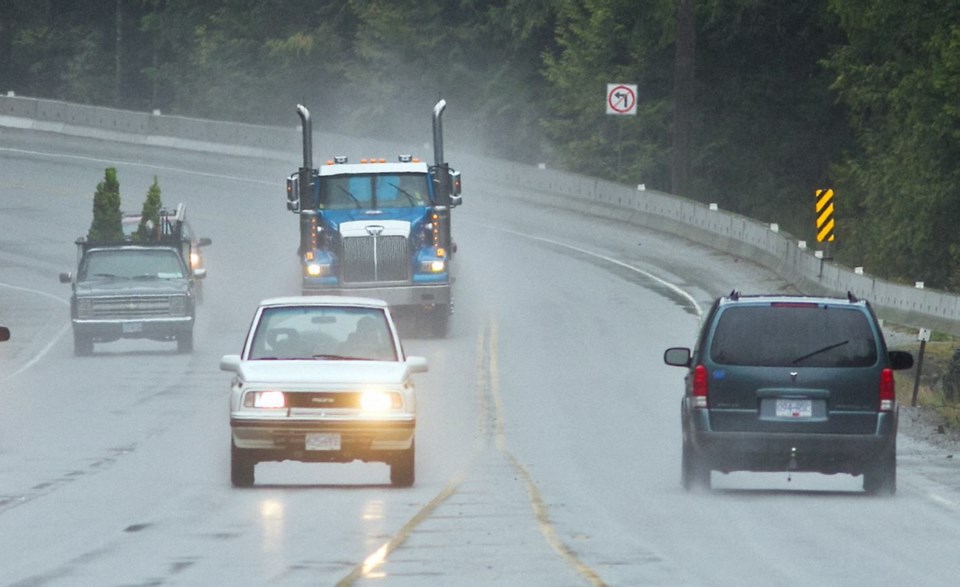The $8 million for fixes to the Malahat highway will be money well spent. The improvements will help make the hilly road a little safer, a little easier to negotiate.
But the improvements are only Band-Aids, and that’s the story of the Malahat — layer upon layer of Band-Aid fixes. They do nothing to change the fact that it’s a narrow highway with the sea on one side, mountains on the other and nowhere else to go.
Any long-term solution to the Malahat problem will be expensive, difficult and unpalatable to a significant number of people. But if it’s going to be fixed, the thinking and planning should start now — it will only get more difficult and costly as time goes by.
The province has spent nearly $10 million since 2001 on improvements to the highway, and has called for bids for about $8 million worth of work that will see more medians, concrete barriers in certain spots, new acceleration lanes, better lighting and more signs. Critics say it’s not enough and they’re right, but taking it to the next step jumps the price tag from a few million into hundreds of millions.
Turning the 20-kilometre stretch of road into a four-lane divided highway would cost about $400 million, according to a study done in 2007 for the Transportation Ministry, and would have serious effects on Goldstream Park, threatening 400-year-old trees and salmon habitat. And even then, the Malahat could still close because of accidents or weather.
Putting the highway along a different route would mean disturbing the Sooke Hills Wilderness Preserve ($400 million) or going further west to skirt Greater Victoria’s watershed ($1 billion or more). Those plans would involve severe environmental costs beyond the dollars expended.
A bridge from north of Mill Bay to the north end of the Saanich Peninsula ($1.2 billion) would bring a new set of problems — those who live in North Saanich would not appreciate the sudden and dramatic increase in traffic. A bridge across lower Finlayson Arm would come with a more modest cost (if $700 million can be called modest) but would steer Malahat traffic through Highlands, bringing disruption and congestion to that rural municipality.
Mass transit seems one way to go — getting people out of cars and into buses would help ease congestion — but that doesn’t change the fact that the Malahat is still prone to occasional closure.
Upgrading the E&N Railway usually becomes part of the conversation, but the 2007 study found a commuter railway would reduce peak traffic volume by only four per cent. And most of the traffic on the Malahat is not headed to downtown Victoria, where the train would go.
Besides, the E&N route itself requires considerable upgrading. Perhaps a suggestion worth considering is developing the E&N right-of-way as the southbound lanes of the Malahat, using the current highway for northbound traffic.
Of course, that solution, too, would create a new set of problems, but what plan doesn’t?
The choice is clear: Accept things the way they are — this is as good as it gets, so live with it; it’s geography and you can’t wish it away — or be prepared to pay high financial and environmental costs.
Until then, the Band-Aids will have to do.



